 Music
Music  Music
Music  History
History 10 Less Than Jolly Events That Occurred on December 25
 Weird Stuff
Weird Stuff 10 Funny Ways That Researchers Overthink Christmas
 Politics
Politics 10 Political Scandals That Sent Crowds Into the Streets
 Weird Stuff
Weird Stuff Ten Bizarre Facts About The Doge Meme
 Our World
Our World 10 Ways Your Christmas Tree Is More Lit Than You Think
 Movies and TV
Movies and TV The 10 Coolest Stars to Set Sail on The Love Boat
 History
History 10 Things You Didn’t Know About the American National Anthem
 Technology
Technology Top 10 Everyday Tech Buzzwords That Hide a Darker Past
 Humans
Humans 10 Everyday Human Behaviors That Are Actually Survival Instincts
 Music
Music 10 Surprising Origin Stories of Your Favorite Holiday Songs
 History
History 10 Less Than Jolly Events That Occurred on December 25
 Weird Stuff
Weird Stuff 10 Funny Ways That Researchers Overthink Christmas
Who's Behind Listverse?

Jamie Frater
Head Editor
Jamie founded Listverse due to an insatiable desire to share fascinating, obscure, and bizarre facts. He has been a guest speaker on numerous national radio and television stations and is a five time published author.
More About Us Politics
Politics 10 Political Scandals That Sent Crowds Into the Streets
 Weird Stuff
Weird Stuff Ten Bizarre Facts About The Doge Meme
 Our World
Our World 10 Ways Your Christmas Tree Is More Lit Than You Think
 Movies and TV
Movies and TV The 10 Coolest Stars to Set Sail on The Love Boat
 History
History 10 Things You Didn’t Know About the American National Anthem
 Technology
Technology Top 10 Everyday Tech Buzzwords That Hide a Darker Past
 Humans
Humans 10 Everyday Human Behaviors That Are Actually Survival Instincts
10 Reasons Why A Nuclear War Could Be Good For Everyone
In these times, there is no lack of daily news about an imminent nuclear war. Even presidents and leaders of important nations threaten to nuke each other’s heads.
It is clear that none of us wants a nuclear war to ever happen. But if it is inevitable in the near future, how bad would it be? Incredibly, we can be optimistic even in this situation. Here are 10 reasons why a nuclear war would end up being good for Earth, for life, and for us.
10 The Bombing Will Not Be Enough To Destroy Earth
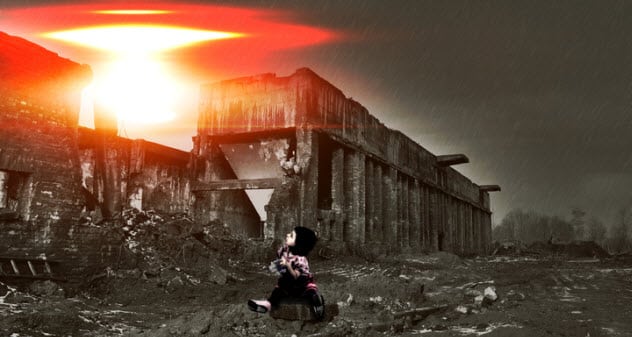
It has been said that available nuclear weapons are enough to decimate humankind, and to some extent, it is true. The biggest US nuclear bomb can annihilate millions of people only in the first hours. The same applies for Russia. However, not even the entire nuclear arsenal represents a threat to our planet. Here’s why.[1]
The Chicxulub asteroid, which caused the dinosaurs’ extinction, released an energy equivalent to 10 billion Hiroshima atomic bombs at the moment of impact. Even so, it is estimated that 25 percent of life on Earth managed to survive.
Suppose all the nuclear weapons in the world are used in a nuclear war. The global nuclear arsenal is currently about 14,500 weapons. Even though many of these weapons reach the highest level of power (in the order of megatons), they are no match for the asteroid that caused the Cretaceous extinction event. So our planet will continue to be safe—more or less.
9 Life Will Continue To Exist
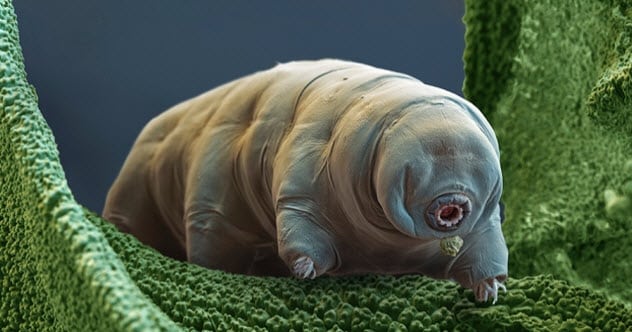
Jurassic Park was right: Life finds a way. After hundreds of millions of years, life continues on this world, and everything indicates that this will continue to be the case after a nuclear war. Why? The answer lies in the ability of species to survive in a postapocalyptic world.
Several scientific studies have shown that simple life-forms are capable of resisting high radiation doses without suffering significant effects. Some examples are certain types of wasps, fruit flies, and, to a lesser extent, cockroaches. Even a small animal known as a tardigrade has a genetic mechanism to survive lethal radiation.
According to this statement, it is true that the world would end up being dominated by insects, but the idea is not that negative. As it has happened before, these small creatures can survive great catastrophes and recover their populations quickly. With insects back to work, the entire ecosystem could heal in a matter of a few millennia.[2]
8 The Radiation Will Not Last Long
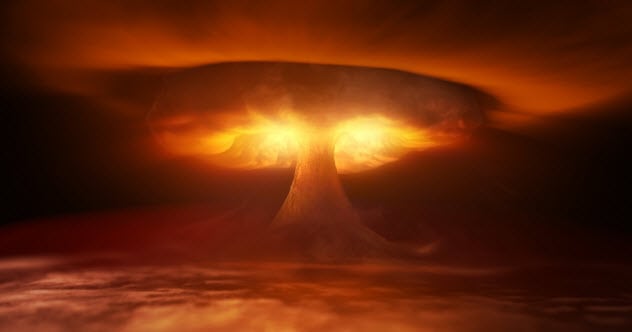
One of the biggest problems with a nuclear explosion is radiation, which causes all known life-forms to deteriorate. But how long does the radioactive contamination of a nuclear bomb remain? First, most of the radiation is eliminated in a matter of seconds, leaving behind a smaller amount of more durable radioactive elements.
The rest of the danger will depend on the circumstances of the explosion. If the bomb is detonated a few kilometers above the surface, the radioactive material will disperse in the air and its effect will be reduced. We have the case of the bombs that fell on Hiroshima and Nagasaki. After a few decades, the population could live in the zone of the explosions without major complications.[3]
If the bomb is detonated on the surface, the situation will be a bit less favorable. Ground zero, which will have a reduced radius, will be uninhabitable for a long period of time—years or even decades. But if we are honest, it is not such a long period compared to the duration of the other effects on this list. Furthermore, even in these conditions, life is possible in such places.
7 Enhanced Species That Adapted To Radiation
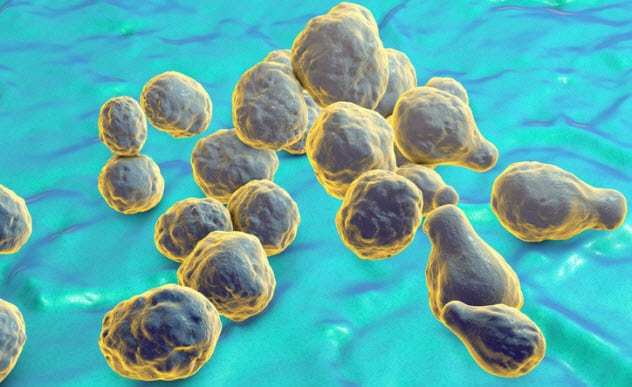
Charles Darwin said that species adapt to environmental changes over time through “natural selection.” This adaptation occurs at the genetic level and may even result in an improvement of the species. But natural selection doesn’t necessarily need a long time to take effect. History proves it.
After the accident at the Chernobyl nuclear plant in 1986, the surrounding soil was saturated with radioactive elements. Inside the facility, scientists were surprised to discover a kind of fungus which grows by feeding on massive radiation.[4]
At a UK industrial site, bacteria that had adapted to the harsh conditions were found to be capable of neutralizing radioactive waste. Only a few decades were needed for such bacteria to adapt to this process.
As these examples show, new creatures will emerge and adapt to the aggressive environment of postnuclear war in a relatively short time. In the worst case, we will have a world full of radioactive bugs. At best, these creatures could feed on the toxic elements until the world is clean again.
6 Prevention Of Mega-Earthquakes
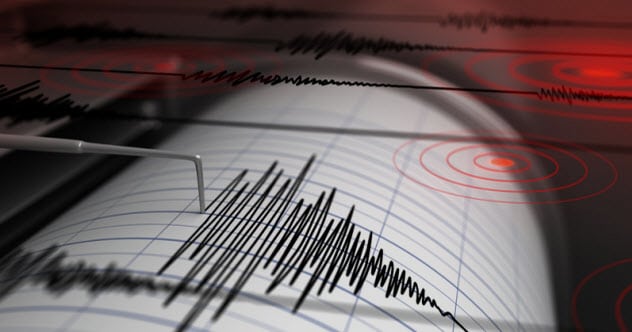
When a tectonic plate slides violently over another in the Earth’s crust, an earthquake occurs. Larger earthquakes and their subsequent effects can cost thousands of lives. However, nuclear explosions can help to reduce the force of earthquakes and thus prevent bigger cataclysms.
In 2017, a nuclear test in North Korea triggered a magnitude 6.3 earthquake followed by several aftershocks. The explosion did not cause the earthquake. Instead, it happened because Korea is over an active tectonic fault and the nuke’s shock wave released part of the “stress” or pressure that was being stored in the crust.
This means that a nuclear explosion can release the “tectonic stress” of the ground, causing small earthquakes and preventing this stress from being stored until producing a larger and more destructive earthquake. While thousands of small earthquakes are needed to match a large one, remember that the nuclear arsenal consists of thousands of bombs.
If the detonations occur on active faults during a nuclear war, part of the pressure of the plates would be dissipated in the form of small tremors, increasing the stability of Earth’s geology.[5]
5 Improvement Of The Ozone Layer
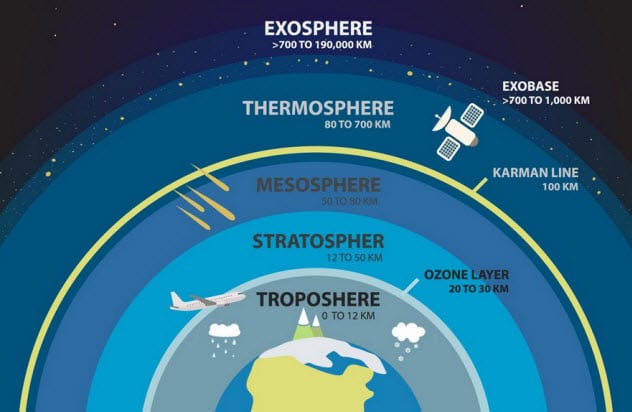
The ozone layer extends 10–50 kilometers (6–31 mi) above Earth’s surface, and it plays an important role in life preservation. A nuclear explosion releases large amounts of nitric oxide, which at first causes the disintegration of atmospheric ozone.
In other words, the ozone layer is reduced and the Earth is exposed to high doses of UV radiation. But this is only for some time. At low altitudes, released nitric oxide reacts with other elements like hydrocarbons to form ozone in large quantities.[6]
So, nuclear explosions release huge amounts of the chemicals needed to form ozone. In turn, these elements rise with the mushroom clouds, so they do not usually go beyond the ozone layer. This ensures that the reaction to form ozone can be completed over time. The final result is an increase in tropospheric ozone, which will protect life on the surface from radiation while reducing the global temperature.
4 Eco-Friendly Nuclear Lightning
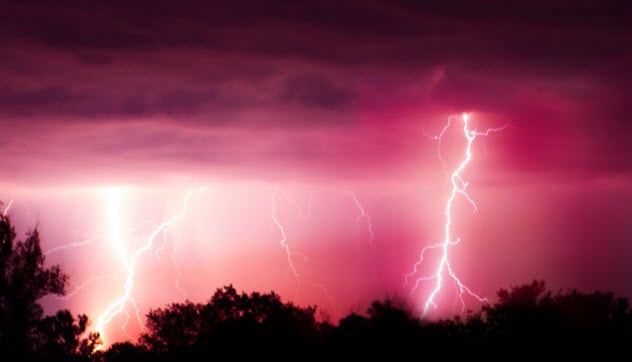
For diverse industrial activities, humans have developed toxic gases known as chlorofluorocarbons (CFCs). These gases can be found even in aerosols and refrigerants. CFCs can be highly harmful, contributing to the ozone layer destruction and environmental pollution. Thousands of tons of these gases are released annually into the atmosphere, so the climate risk is evident. But how can nuclear war help us to get rid of these elements?
It has been proven that thunderstorms are capable of reducing toxic gases in the air. Lightning bolts have the capacity to decompose CFCs at the molecular level. So here is the point: Nuclear explosions generate big lightning. After detonation, the air around the explosion is ionized due to pressure and intense heat, causing lightning-like electrical discharges.[7]
If hundreds of bombs are detonated in a nuclear war, the resulting lightning could reduce a percentage of greenhouse gases. Such percentage would be minimal, of course, but it is still better than nothing.
3 A Second Chance For Humankind

First, humankind will not completely disappear.
On the one hand, nuclear weapons often concentrate their destructive power in small areas. That is why the biggest bombs will not always be the most destructive.
On the other hand, a nuclear explosion does not guarantee the total elimination of life in the area. For example, a person survived the Hiroshima bomb despite being 170 meters (558 ft) from the explosion. Now, let’s keep in mind that in a nuclear war, the objectives will be important cities.[8] There would still be many smaller inhabited areas with survivors.
Albert Einstein said that the fourth world war would be fought “with sticks and stones,” and maybe he was right. In addition to working as an inevitable population control, nuclear war would serve as a turning point for human history. The surviving mankind could learn from past mistakes and prosper without resorting to the harmful methods that modern society uses.
2 Creation Of New Elements

Although 118 periodic elements are currently known, many of them cannot be found in nature. The so-called transuranic elements are, in fact, generated in nuclear reactions. And now we know that a nuclear explosion can generate traces of these elements, some of which have practical uses.
We’ll highlight only two of these elements. Californium is used in metal detectors, in the search for oil, and as an element to treat certain types of cancer. Americium is used in the manufacture of smoke detectors, and it is also a future candidate to perform as space fuel.[9]
A nuclear war could result in the creation of large amounts of these rare elements. Surviving mankind could use these elements to accelerate its technological progress, recovering the advances lost by the war.
1 Extinction Events Are Ironically Good For Life
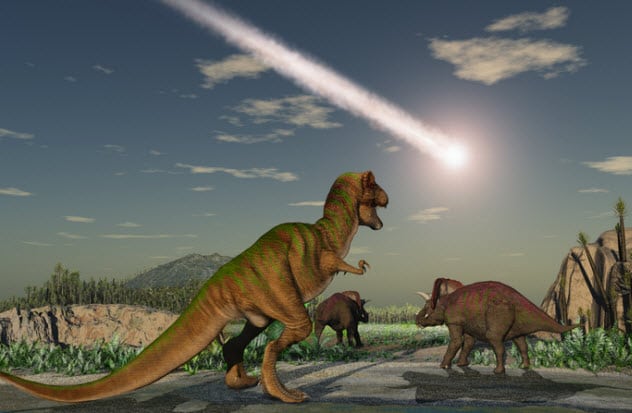
Every few tens of millions of years, a mass extinction event occurs, erasing most of the life on the planet. After every extinction, surviving creatures evolve into more complex life-forms, resulting in a diversity of beings never seen before.
Scientific evidence presents at least five mass extinctions in the past.[10] And after millions of years of relative calm, we are now facing the sixth event.
In one way or another, extinction events are inevitable. They are part of the biological cycle on our planet. For example, 250 million years ago, three-quarters of life on Earth became extinct due to climate change. In addition, as we have already discussed, life will continue to exist and adapt in this world after nuclear war. So actually, we are not doing anything else except anticipating the next extinction event and the rise of new life-forms.
Brian is an economy student who is passionate about graphic design and an avid enthusiast of the art of writing.
Read more about a post-apocalyptic society on 10 Brutal Realities Of Life After The Nuclear Apocalypse and 10 Extreme Post-Apocalyptic Societies.








